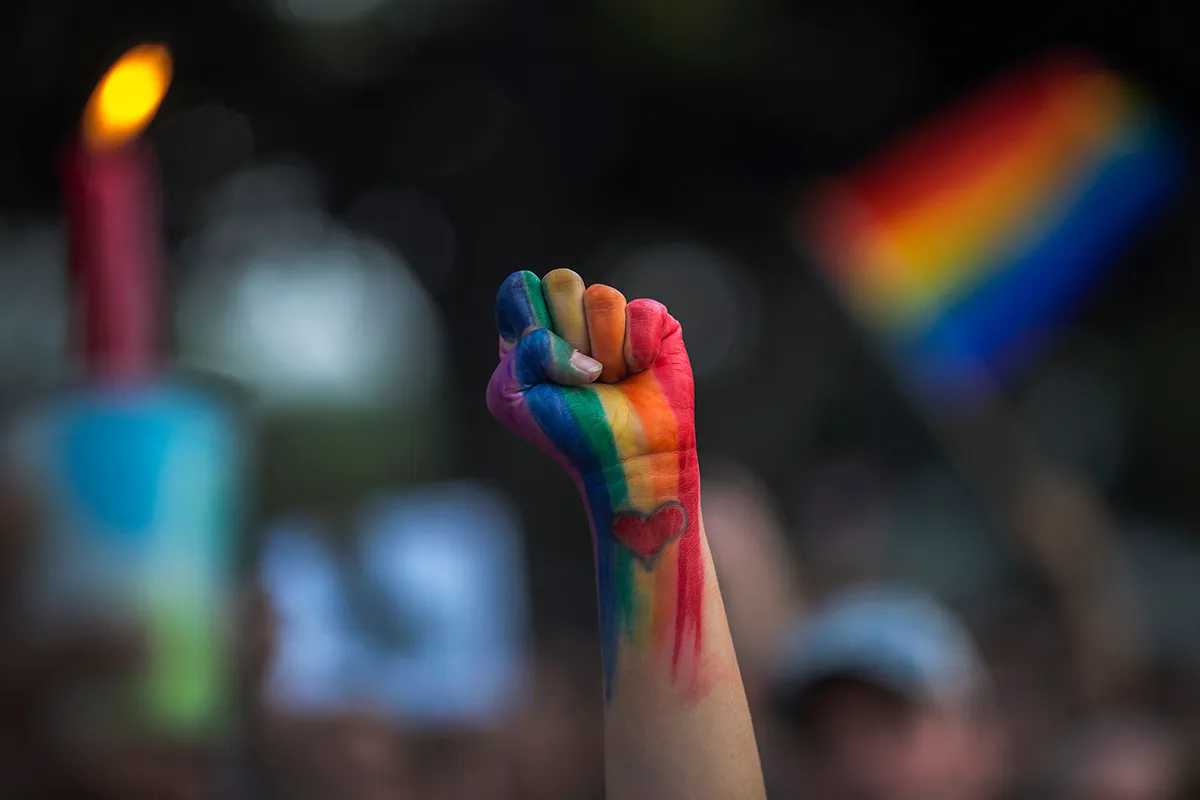
Navigating the world of sexual orientation and gender identity can feel like walking through a maze, especially with terms evolving rapidly. One acronym, “LGBTQ,” is often used to encompass a broad spectrum of identities, but what’s the correct order, and why does it matter? In this guide, we’ll unravel the meaning behind each letter, explore their histories, and understand how the LGBTQ acronym contributes to inclusivity. If you’re part of the “Romantic Fiction & Dark Gay Love Stories Books” audience or simply curious about the acronym, let’s demystify it together.
What Does LGBTQ Stand For?
LGBTQ is an acronym that represents a diverse range of identities and communities:
L: Lesbian
G: Gay
B: Bisexual
T: Transgender
Q: Queer or Questioning
Each term plays a unique role in helping individuals self-identify in ways that feel authentic.
Why Is the Order Important?


Getting the order right isn’t just about semantics; it acknowledges each identity’s historical journey and struggles. Using the correct sequence respects the different communities, ensuring visibility and encouraging solidarity.
Understanding Each Letter
Lesbian (L)
Lesbian refers to women attracted to other women, encompassing a wide spectrum of female identities. This term challenges the stereotypes and expectations placed on women in heteronormative societies and provides a sense of community and identity.
Gay (G)
Gay typically denotes men who are attracted to other men but can also be used as a general term for same-sex attraction. Its historical significance goes back to early activism and its reclamation as a positive, self-affirming identity.
Bisexual (B)
Bisexual individuals experience attraction to multiple genders, not limited to male or female. Often misunderstood or overlooked, bisexuality is a key component of the acronym, advocating for a fluid understanding of attraction.
Transgender (T)
Transgender people identify with a gender different from the one assigned at birth, challenging traditional norms. They play a vital role in broadening societal understandings of gender diversity and expression.
Queer or Questioning (Q)
“Queer” is an umbrella term for those who don’t strictly conform to traditional identities. “Questioning” is for those exploring their sexual orientation or gender identity, offering them a safe, inclusive space.
Historical Context
The LGBTQ acronym evolved through decades of activism, starting with the Stonewall riots in 1969. Initially, it was simply “LGB,” with “T” and “Q” added later to reflect the growing recognition of transgender and queer individuals. The Stonewall riots and other early movements, like the Mattachine Society, Daughters of Bilitis, and Harvey Milk’s advocacy, provided a foundation for the current understanding and inclusivity of these terms.
Incorporating ‘Q’: The Significance
Adding “Q” expanded inclusivity, recognizing those questioning or rejecting rigid labels. It challenges heteronormative and cisnormative assumptions while creating a safe space for exploration. This expansion has helped break down barriers and misconceptions around gender and sexual orientation.
Expanded Variations
Beyond LGBTQ, you might see longer acronyms like LGBTQIA+, including “Intersex” and “Asexual,” or 2SLGBTQIA+ to recognize “Two-Spirit” identities among Indigenous communities. Each additional letter aims to include those who have been historically marginalized or less visible.
Intersectionality and Identity
It’s crucial to recognize that identities intersect in various ways, creating unique experiences shaped by race, gender, disability, and socio-economic status. Understanding these intersections is key to inclusive storytelling, ensuring no group feels unseen or excluded.
LGBTQ in Romantic Fiction
Romantic fiction is increasingly embracing diverse stories that celebrate LGBTQ love. Dark gay love stories, in particular, challenge stereotypes by exploring complex, deeply human emotions through unique lenses. This genre provides a safe, imaginative space where marginalized groups can find their voices.
How to Support LGBTQ Narratives


- Read Widely: Explore books by LGBTQ authors.
- Promote Authentic Voices: Share their stories to amplify their reach.
- Challenge Stereotypes: Avoid one-dimensional characters or predictable plotlines.
- Foster Inclusivity: Welcome diverse perspectives and respect different identities.
Challenges and Progress
While representation has improved, there’s still a long way to go. Publishing biases, underrepresentation, and limited funding continue to hinder progress. Activists and allies must push for authentic, diverse narratives to reflect the true spectrum of LGBTQ experiences.
Conclusion
Understanding the LGBTQ acronym and its correct order is just the start. By recognizing the history and struggles behind each identity, we contribute to a more inclusive society and richer storytelling. This acronym is a living testament to the progress made and the work still required to ensure all identities are embraced.
